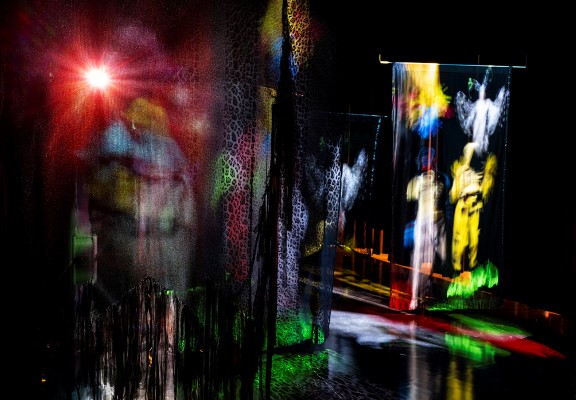How have ideas about community influenced architecture and urban development? What makes us feel safe in a space? What kind of significance does community have in queer circles? Can architecture help create relationships with others?
Community and exclusion
The National Museum is one of the Oslo Architecture Triennale's main partners. In 2022, the festival will focus on the neighbourhood as a community. The museum's contribution will focus on community and exclusion. One part of the exhibition will show examples from the past 70 years of how ideas about community have shaped architecture and urban development. Who has been included and who has been excluded? How is urban development perceived by queer people, feminists and other marginalised groups?
Post-war housing construction was mainly about housing and protecting the nuclear family. It was not until the 1960s and 1970s that more thought was given to inclusion and diversity. Selegrend Hesthaugen outside Bergen is an example of a project where the nuclear family was no longer the main focus. One-third of the homes were to be reserved for "housing-disadvantaged" groups.
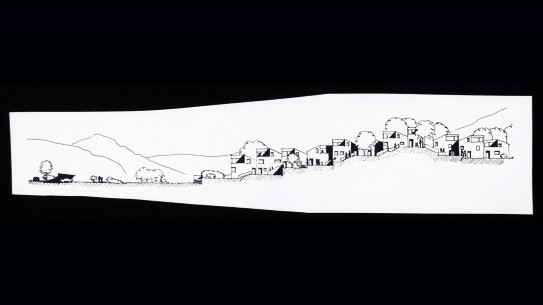
The exhibition also includes the installation The Stonewall Nation by the artist Sille Storihle. Storihle's film and the accompanying archive material tells the story of the American activist Don Jackson who had the utopian vision of establishing a separate city for gay men.
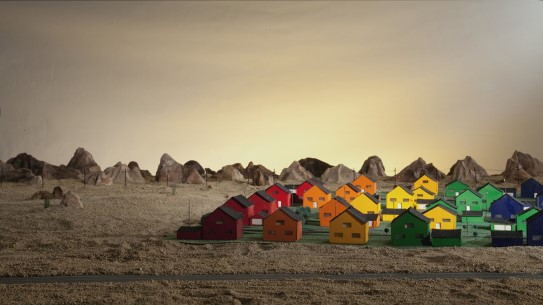
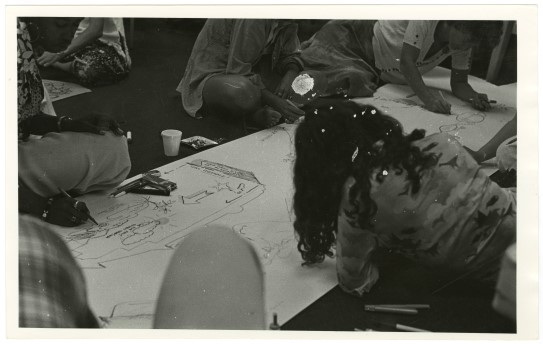
Feminist perspective
In the 1970s and 1980s, cities were criticised for being designed largely for cars and for men. Through videos, drawings and archival material, the exhibition will show examples of the feminist perspective from architect and champion of lesbian rights Phyllis Birkby, among others.
In the 1970s, Birkby travelled around the United States and held Women's Environmental Fantasy Workshops to help women explore what architecture might look like if more consideration were given to women's needs. Birkby also visited Norway.
MYCKET promises an installation that turns the museum into a queer-friendly venue
In the other part of the exhibition, the Swedish art and architecture collective MYCKET has created Heaven by MYCKET, an installation that will transform parts of the National Museum - Architecture into a queer and playful place.

The importance of community has been particularly important in queer circles. For MYCKET, the idea of finding one's community is something that can be linked to a time, a place and an architecture. Based on their own experiences and research on queer spaces and queer nightclub architecture, the group has for the past 10 years worked to create playful and interactive works and club concepts.
We work to raise awareness of how architecture and design can support differences and create a more tolerant world where there is room for everyone.
- MYCKET
When the exhibition opens, Heaven by MYCKET will offer a journey into MYCKET's universe. With the idea that architecture is something to be used to support diversity, shape communities, and create a world where there is room for everyone, this is an installation that welcomes everybody!
Queer Culture Year 2022
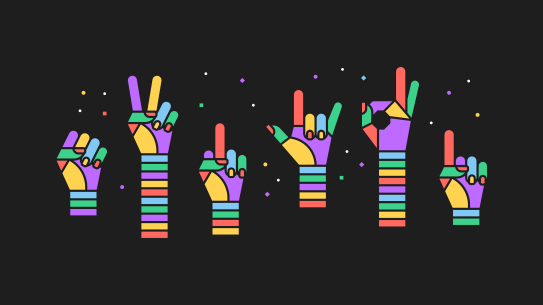
In addition to participating in the Oslo Architecture Triennale, the exhibition and associated events will also be part of the museum's celebration of Queer Culture Year.
